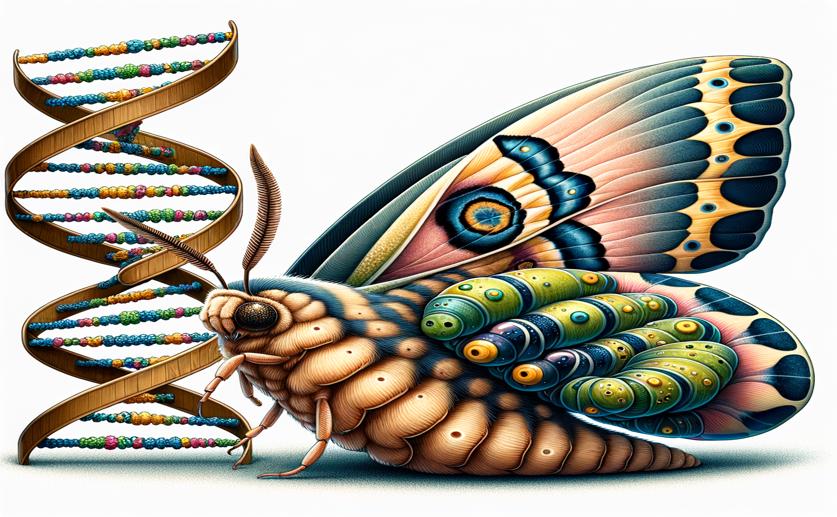
Exploring the Full DNA Code of a Slug Moth Species and Its Evolution
Greg Howard
26th March, 2024

Image Source: Natural Science News, 2024
Key Findings
- Researchers sequenced the complete mitochondrial genome of Chibiraga houshuaii, a first for this genus
- The genome is 15,487 base pairs long and includes 37 genes vital for cell energy production
- Phylogenetic analysis places Chibiraga houshuaii in a group with other stinging caterpillars, suggesting a common ancestor
GeneticsAnimal ScienceEvolution
References
Main Study
1) The complete mitochondrial genome of Chibiraga houshuaii (Lepidoptera, Limacodidae) and its phylogenetic implications.
Published 25th March, 2024
https://doi.org/10.1038/s41598-024-57709-4
Related Studies
2) Evolution and losses of spines in slug caterpillars (Lepidoptera: Limacodidae).
3) Complete mitochondrial genome of Parasa sinica: New insights into the phylogeny of Limacodidae.
4) The first mitochondrial genome for Phaudidae (Lepidoptera) with phylogenetic analyses of Zygaenoidea.



 20th March, 2024 | Jenn Hoskins
20th March, 2024 | Jenn Hoskins